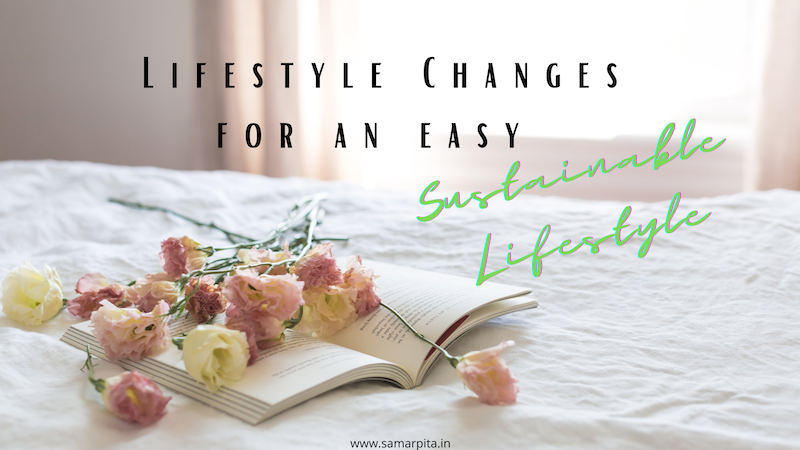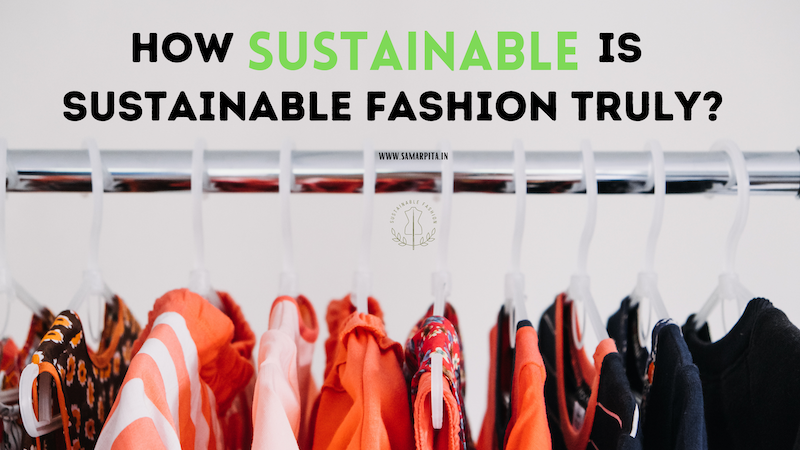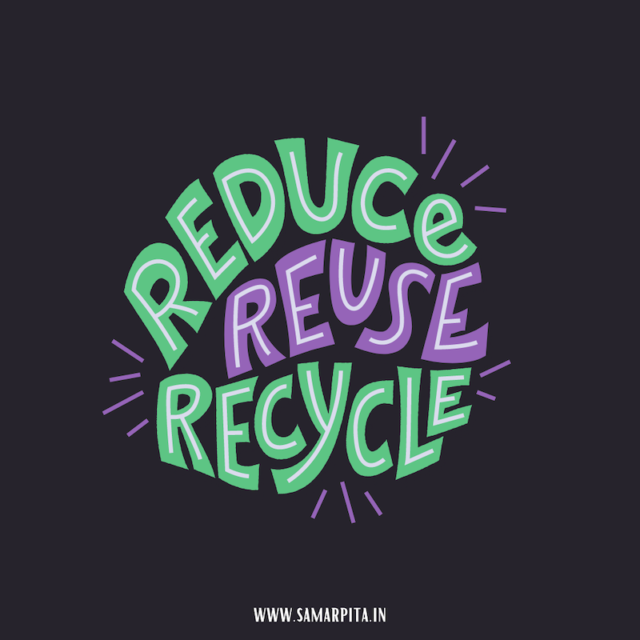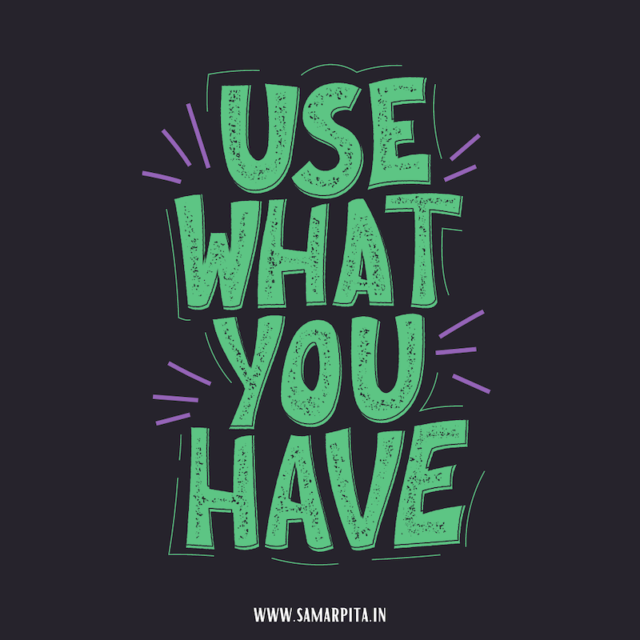I firmly believe that being able to life a sustainable lifestyle is a privilege not many can afford, so in my opinion, if one does care and can make minor adjustments in life choices, one should. I stopped using plastic water bottles at home and replaced them with glass and metal bottles. Felt ‘great’, but over time I realised that I didn’t make a huge difference, and I am also nobody to ask my peers to make the change.
Glass bottles are not as long-lasting in the house as plastic bottles were, but they also don’t affect my family’s health as adversely as consuming water from plastic bottles did. So from where I stand, this change is doing very little for sustainability of the planet Earth, but is doing a lot for the sustainability of my family. I call this a win-win.
Is It Possible?
As you would have understood by now, the purpose of this post is to share a few doable things that could be lifestyle changes for us and lead us to a somewhat sustainable. Before we talk about the changes we can make, let us understand and accept that all changes are not possible by everyone and that is okay.
Read More: What Exactly Is Sustainable Living?
The idea is to make small changes that are possible, and even then, living a sustainable lifestyle is a privilege. We cannot force it on people with lesser resources than us, or different lifestyles. While yes, some people just don’t care what is happening to the planet, its not our place to shame them into making changes. The idea, and that is just my idea, I too cannot force it on my readers – is that we do what we can, and then mind our own businesses.
According to UNEP, Sustainable living means understanding how our lifestyle choices impact the world around us and finding ways for everyone to live better and lighter. Applying a ‘people lens’ to sustainability is new, timely and opportunities are great.
Read More: How Sustainable Is Sustainable Fashion Truly?
Few Ways We Can Make Lifestyle Adjustments
- Save energy: Leaving lights and fans on in empty rooms is gross misuse of a valuable resource we are lucky to have access to. It’s not a huge task and should be taught to kids right from childhood.
- Donate used items: We don’t have the concept of using second hand, refurbished good in our country, though the scene has started to change slowly. We think that only those who cannot afford do that. We don’t have garage sales or visit thrift stores. Instead we buy new goods every time we have any need or desire. Take a wooden crockery shelf for instance. Refurbishing a pre-used shelf not only saves us money, but also allows us the scope of creating it as per our own vision at less than half the cost. Wood already cut gets reused, and your local carpenter gets to work on the piece and earn some.
- Avoid fast fashion: I agree. Fast fashion is attractive. Cheap, beautiful clothes mean more clothes in our wardrobe. But cheap also means inferior quality of the fabric used, a fabric that shall remain on the soil long after we are gone and probably decomposed. Mindful shopping is not only great for the environment, it is also great for our pockets and allow more wardrobe space.
- Use renewable energy: This is a matter of extreme privilege specially in our country, but
- Buy fair trade products
- Don’t waste food
- Walk/take public transport more
- Avoid plastic: Carry a bottle of water with you when stepping out of home. Replace your body washes with bars of soaps. Keep cloth bags in your shopping bag and refuse plastic bags at stores.
(This blog post is part of Blog Chatter’s Cause A Chatter)





